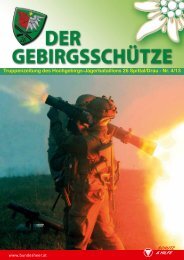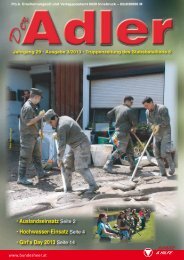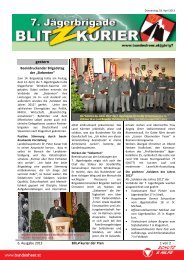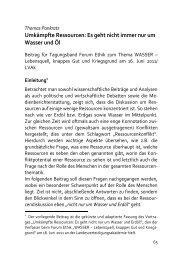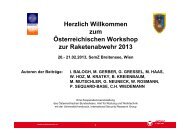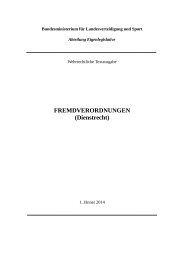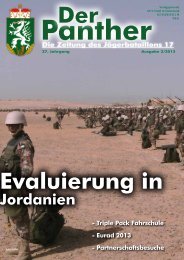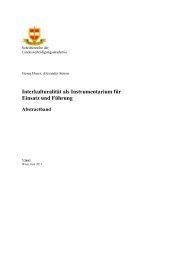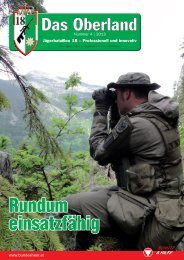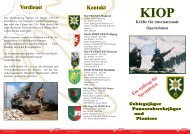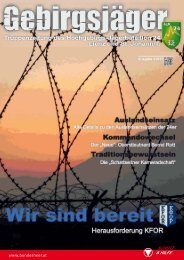Cooperation Between Organized Crime Groups Around The World
Cooperation Between Organized Crime Groups Around The World
Cooperation Between Organized Crime Groups Around The World
You also want an ePaper? Increase the reach of your titles
YUMPU automatically turns print PDFs into web optimized ePapers that Google loves.
whereby special death squads comprised of agents formerly in the employ of the KGB would<br />
protect new drug routes through Central and Eastern Europe.<br />
A later report 5 lends support to this thesis, noting that close collaboration between Russian<br />
and Italian Mafias has been on a formal footing since 1991, with meetings in Warsaw (1991),<br />
Prague (1992) and Berlin (1993). At the Berlin meeting it is said that the Russians effectively<br />
‘franchized’ Germany and northern Europe from the Italians.<br />
French intelligence sources report that a high level ‘business’ meeting took place at a hotel<br />
in the French Burgundy town of Beaune in November 1994 between representatives of the<br />
powerful Italo-American Gambino family, the Japanese Yakuza and Colombian, Russian and<br />
Chinese crime bosses. For the first time, French intelligence was in a position to monitor the<br />
entry of top Russian bosses to France. <strong>The</strong> alleged purpose of the meeting was the subdivision<br />
of western Europe for drugs, prostitution, smuggling and extortion rackets through which,<br />
according to a senior member of Interpol, cities were split into suburbs and rural areas into<br />
type of activity. Police think that groups now lilies to ensure that individual drug routes are<br />
not over-utilized, to agree on the amounts of drugs that each organization can bring into<br />
different countries and to discuss the sharing of equipment such as boats and arms, and the<br />
hiring of specialists in technologically sophisticated areas such as ‘cyber crime’. Since the<br />
Beaune meeting, senior intelligence sources in Europe and the USA believe that two other<br />
top-level crime gatherings have taken place on chartered yachts in the Mediterranean.<br />
Although the details of these discussions are not known, their consequences - the<br />
internationalization of organized crime activities - are becoming increasingly evident. While<br />
internecine warfare among factions of a single organized crime group never entirely<br />
disappear, the incidence of ‘international’ turf wars is negligible. In 1993, 69 Colombians and<br />
58 Brazilians were arrested on drugs offences in Italy, but never has a South American<br />
national been assassinated for ‘trespassing’ on Italian Mafia territory. A joint Italo-British<br />
police and customs operation in December 1993 led to the seizure of 263 kilograms of<br />
cocaine at the English port of Felixstowe: the ship had come from Ecuador and was on its<br />
way to Sicily. <strong>The</strong> 13 drug traffickers arrested in the UK and Italy comprised Italian,<br />
Colombian and British nationals.<br />
Nearly all the European Union countries reported an increased transnational component of<br />
criminality in 1996. More than half of all the suspects involved in organized crime activities<br />
in Germany were found to be non-German nationals: the largest percentage (22%) was<br />
comprised of Turkish nationals, followed by individuals from the former Yugoslavia (12%),<br />
Poland (9%), Italy (9%), Vietnam (6%) and Russia (5%). In one investigation, 15 different<br />
nationalities were identified. 6<br />
Spanish investigators identified 182 criminal groups in the same year, of which almost half<br />
(48.86%) were composed of Spanish and foreign nationals; Spanish-only groups accounted<br />
for 28.41%, while entirely foreign groups were 22.74% of the total. 7 Only one third of all the<br />
1561 organized crime suspects in Belgium were Belgian, the most frequently investigated<br />
nationalities were Italian, Dutch, Turkish, French, Moroccan, Russian, Yugoslavian, German<br />
and Romanian in descending order. An estimated 90% of all heroin imported into Belgium is<br />
5<br />
6<br />
7<br />
Galeotti, M., ‘Mafiya’: <strong>Organized</strong> <strong>Crime</strong> in Russia, Jane’s Intelligence Review, Special Report No 10, UK,<br />
June 1996.<br />
Europol Drugs Unit, ‘Situation Report on <strong>Organized</strong> <strong>Crime</strong> in the European Union 1996’, p 24.<br />
Ibidem, p 52.<br />
67



